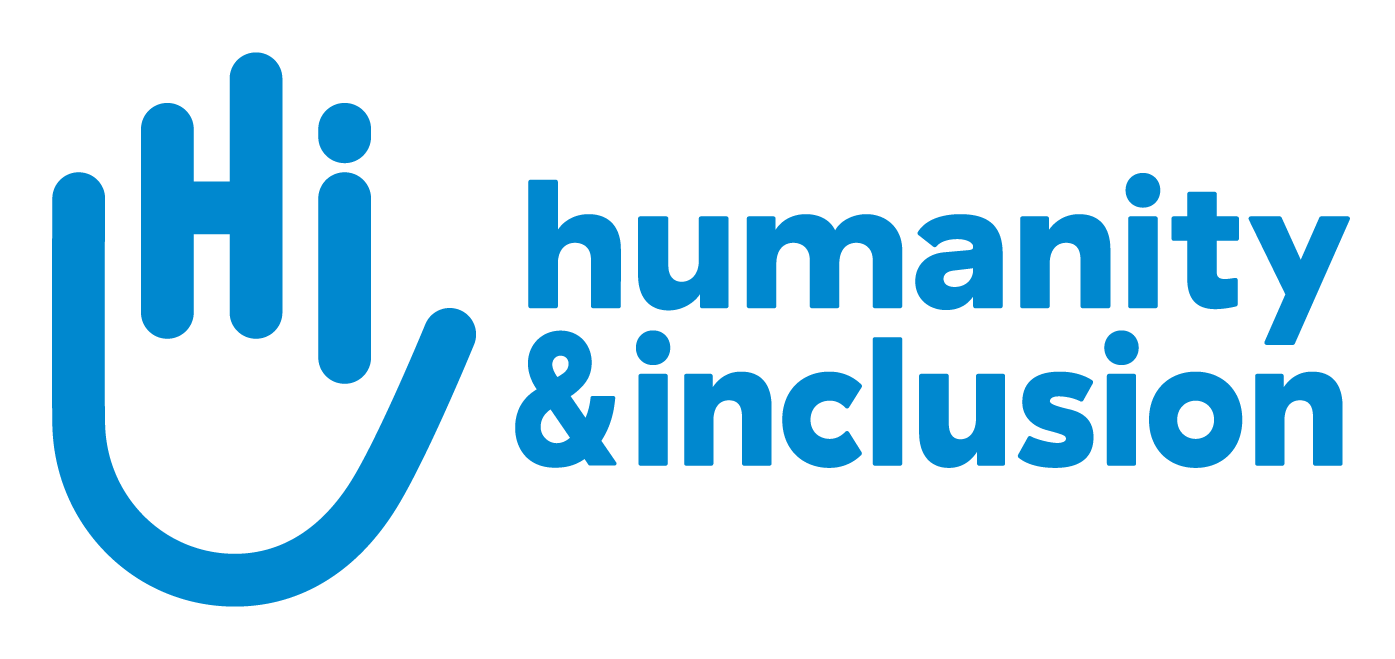16th Meeting of States Parties
This is the 16th Meeting of States Parties to the Mine Ban Treaty. Each year, the 162 States that have signed and ratified the treaty meet and report on their progress towards its implementation, including in the areas of mine clearance and stockpile destruction. Civil society groups are also present at the meeting, as well as States that have not joined the Treaty but wish to take part in the discussions. This year, a dramatic increase in the number of casualties and the use of improvised mines is expected to weigh heavily on delegates’ minds.
Victim assistance
HI will take part in a "High Level Committee" on victim assistance and promote its approach, which is based on including victim assistance as part of development action. Within the framework of the obligations set out in the Ottawa Treaty, programs are created specifically to help mine victims, such as by providing prostheses and braces, supplying specific care to meet the needs of survivors, or enabling children who have lost their sight or a limb following a mine accident to return to school. More needs to be done: development policies and programs must take victim assistance into account. When a funding body supports a health development program in a country contaminated by mines or explosive remnants of war, such as Laos, this program must be designed to include survivors and indirect victims - the family and relatives of mine casualties. When a contaminated country develops a network of health facilities, it must take into account the needs of child survivors and cover rural and remote areas where the majority of mine victims are often found.
The scourge of improvised mines
The increase in the use of improvised mines will also be at the heart of debates between States. Should an improvised mine be considered a weapon in its own right? Should their neutralization and destruction remain within the framework of the Ottawa Treaty? HI believes that it should be possible for improvised mines to be managed by humanitarian demining organizations, in accordance with the obligations set out in the Treaty. Because by addressing the comprehensive needs of civilians, HI’s humanitarian approach provides them with a high level of support. In Iraq, for example, the organization implements rehabilitation and psychosocial support programs, distributes food and essential items, and so on, and clears land contaminated by mines, allowing displaced people to return to their villages in complete safety. Mine clearance is therefore one of several ways in which HI meets the overall humanitarian needs of people in Iraqi.





